One day, when boiling water on the stove, one of my children asked me how long it would take for the water to boil. I realized I didn’t know beyond “a few minutes.” It made me realize that many people don’t know precisely how long it takes to boil water, so I wanted to do more research to share with you all.
One (1) liter of water takes between 8 and 10 minutes to boil on a gas stove, and it usually takes an extra few minutes on an electric stove. Boiling water in an electric kettle is much faster; one (1) liter of water takes approximately 3-4 minutes to boil in an electric kettle.
In this article, let’s discuss how long it takes to boil water in more detail. Let’s also discuss the different factors that affect the boiling time of water, so let’s do this!
But first, a quick note: while we generally use gallons and the American standard way of measuring things, boiling water tends to be measured in liters. So, we’re going with that. A liter is about a quarter of a gallon (it’s 0.26, but close enough!).
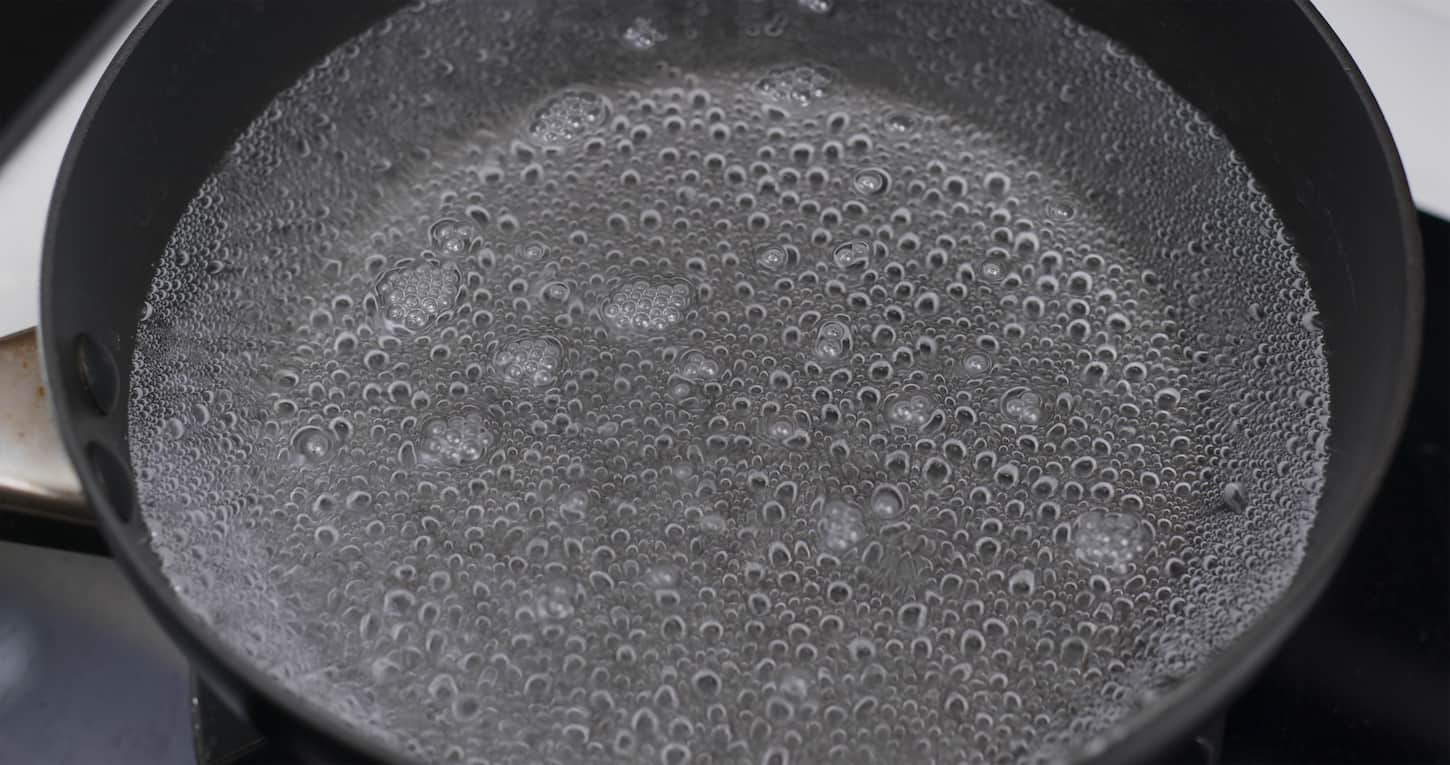
How Long Does It Take for Water to Boil?
In an average-sized pot (1 liter), water takes approximately 8-10 minutes to boil on a gas stove. The more water you want to boil, the longer it will take. If you use an electric kettle, you’ll only need to wait 3-4 minutes to boil a liter of water.
There is no specific amount of time that it takes to boil water because it depends on the amount.
Now, before you go off on how electric kettles aren’t a thing in the United States, let me assure you they aren’t just a UK phenomenon. They exist here now, too, although, with the power difference, they aren’t quite as strong as our neighbor’s versions across the pond.
Even so, they look amazing. I’d temporarily lost my stove-top kettle, so I added an electric kettle to my wish list. Some of them say they can boil water in about 3-6 minutes, depending on the amount of water and kettle materials.
How long does it take to boil water in a microwave?
It can take 3-5 minutes to boil a bowl of water in the microwave. You’ll know when it’s boiled because it will be bubbling. If you boil water in the microwave, it’s best to remove it once every minute and stir it to ensure that it boils evenly.
Boiling water in the microwave is completely safe (source) and kills bacteria in the same way that boiling it on a stove does. Boiling a small cup of water in a microwave won’t take as long as a bowl, so keep that in mind if you want to boil a cup.
Using a microwave to boil water is only helpful if it’s a small amount of water. Don’t use a microwave if you need to boil a large amount of water because it won’t work well; a kettle or stove should be used for that.
Pro tip: not all materials are microwave safe. So, while it’s safe to microwave water, knowing that the material it’s in is also important. I’ve microwaved water in microwave-safe glassware before, and it’s still shattered. Microwave-safe plastics have melted. It’s best to microwave water in short bursts so you don’t break or melt anything.
What’s the quickest way to boil water?
Using a kettle is the quickest way to boil water. A kettle generally takes half the time a gas stove takes to boil water, so it’s good to invest in a kettle if you need to boil water regularly. Warm water can be put into the kettle before boiling to make it even faster, but it’s not recommended.
When putting warm water into the kettle it takes less time to boil since it doesn’t have to heat up as much. This is also true if you use a stove or microwave to boil water.
Please note that giving boiling or hot water to children is dangerous, and burns aren’t fun. While working in the emergency department, we often saw children with burns because they got curious, and they pulled something hot off the stove. Please always watch boiling water. It won’t boil faster, but you’ll keep children safer.
It’s not worth the risk and boiling warm water instead of cold will only end up saving you a minute or two anyway.
Here are some essential tips to help water boil more quickly:
- Use warm water rather than cold (although it’s not usually recommended).
- Use an electric kettle instead of a stove.
- Keep the lid on if you’re using a pot on a stove. This helps to boil the water slightly faster (source).
- Only boil the amount of water that you actually need. Boiling too much water isn’t energy-efficient, and it will take longer.
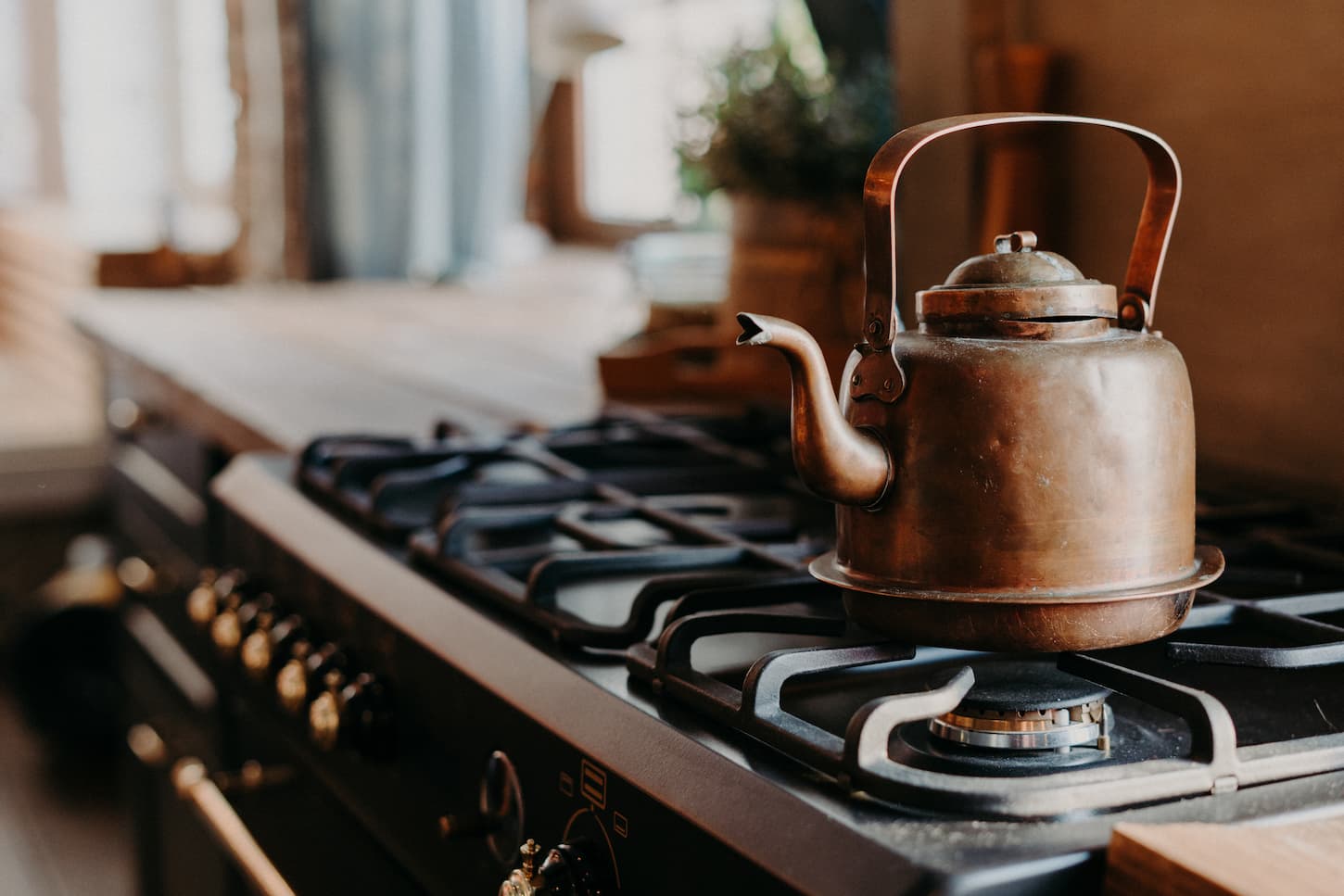
When Do You Need to Boil Water?
Water needs to be boiled when there is a boil notice. If a water supply is contaminated with harmful bacteria, the local government will issue a boil notice to ensure that people don’t get sick. Boiling it will kill the bacteria, so you should always boil water that’s contaminated.
Other times when water needs to be boiled include:
- When using baby formula. If you need to use water for baby formula, boil it first so that the baby doesn’t get sick from pathogens.
- When camping. If you go camping and don’t have bottled water, boil the drinking water to purify it and kill the bacteria.
- When in a foreign country and not sure whether the water is safe or not to drink. Sometimes, you may not know whether tap water in a foreign country is safe to drink or not. If unsure, drink bottled water or boil the tap water.
It’s vital to know what a boil notice is and what to do in the event of one, so I would recommend reading this article I wrote on boil notices if you want to learn more about it.
At What Temperature Does Water Boil?
Water boils at a temperature of 212 degrees Fahrenheit (100 degrees Celsius) at sea level. However, in areas with higher altitudes, the boiling point of water decreases. Therefore, the temperature that water boils at on top of a high mountain will be lower than the temperature at sea level.
Every time the altitude increases by 150 meters, the water’s boiling temperature decreases by half a degree (source).
Water boils at approximately 196 degrees Fahrenheit (91.6 degrees Celsius) on a plane flying at cruising altitude, for example (source). But since most people live at sea level, it’s easier to agree that the standard boiling temperature of the water is 212 degrees Fahrenheit.
How Long to Boil Water to Purify It for Drinking?
Once the water is boiling, keep it at a rolling boil for one minute. This ensures that the water is safe to drink and kills any possible pathogens. Other than just boiling, you can also use a filter to purify water for drinking. However, this isn’t always necessary if water is boiled.
Sometimes, it may be a good idea to boil the water and use a filter. For example, if you’re camping and must drink water from a stream, using a filter will help remove some contaminants that may be in the water.
When water needs to be boiled because of a boil notice, however, simply boiling the water is enough and it’s not necessary to use a filter.
How Long to Boil Items to Sterilize Them?
It can take 5 minutes to an hour to sterilize items in boiling water. The specific amount of time it takes to sterilize items depends on what it is. Specific medical equipment may take longer to sterilize, such as needles. Other things only take a few minutes, such as a baby’s pacifier.
Below is a list of some everyday items, along with how long it takes to sterilize them in boiling water:
- Glass Jar: 10 minutes
- Baby’s pacifier: 5 minutes
- Earrings: 20 minutes
- Nail clippers: 30 minutes
- Baby bottle: 10 minutes
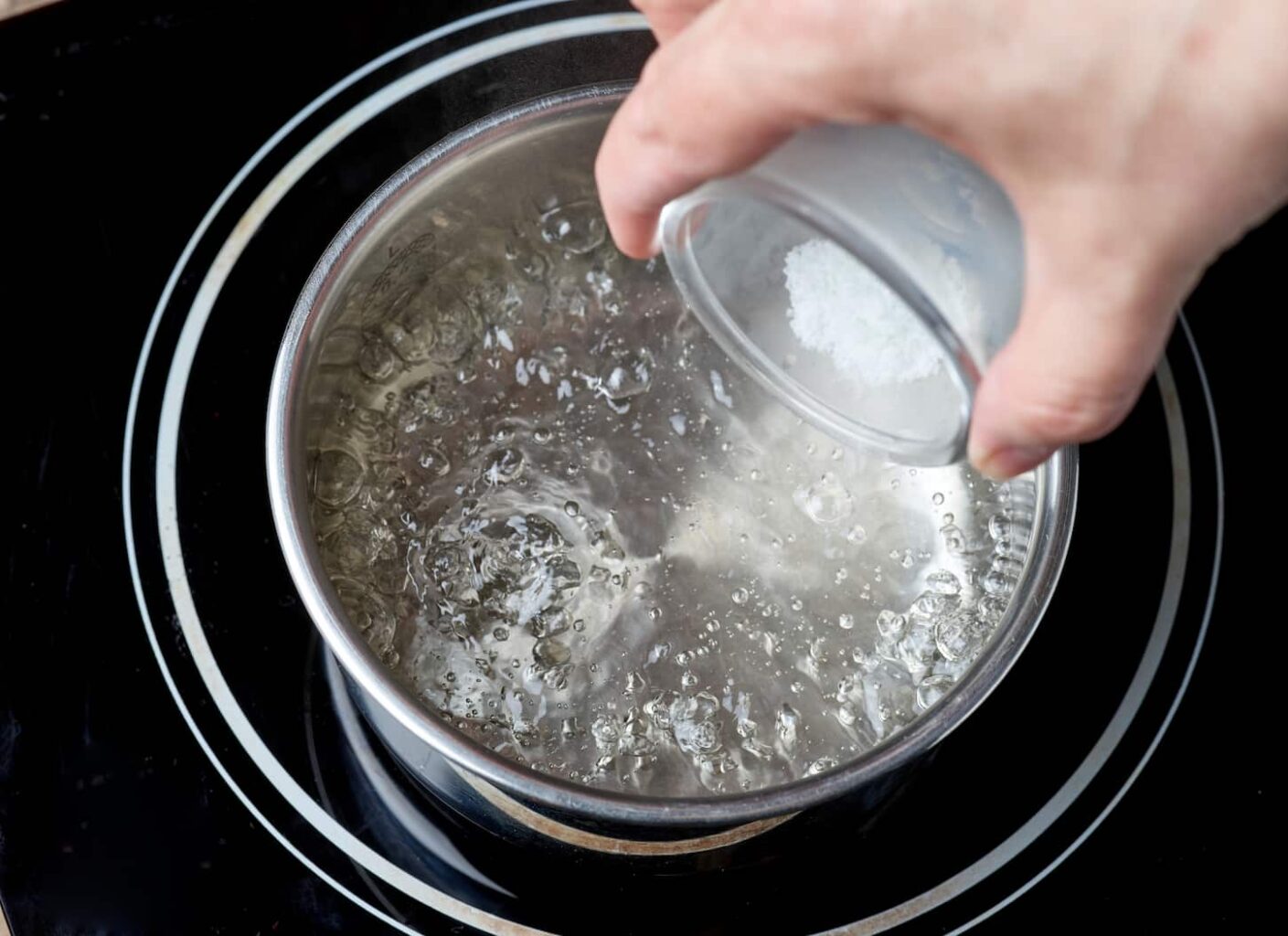
What Does Boiling Water Kill?
Boiling water kills many things: viruses, bacteria, pathogens, and protozoa. This is because the heat from the boiling water damages the structure of the bacteria, which either inactivates or kills them. If you want to ensure that all of the bacteria are killed, boiling water is a great option.
After boiling water and food, bacteria can begin to grow in as little as 20 minutes per the USDA, so it’s important not to keep anything at room temperature for more than a few hours.
Keeping water and other boiled food items in the fridge is the best way to slow the growth of bacteria.
Organisms killed by boiling water
The primary organisms that are killed by boiling water are:
- Protozoa. Protozoan parasites can cause diseases like malaria, so always boil water in countries with malaria outbreaks.
- Bacteria. Bacteria can cause infections like strep throat, so items that carry the strep throat bacteria should be boiled to kill it off.
- Viruses. Some common viruses include the flu and hepatitis. Boiling water can kill these viruses.
- Fungi. Fungi such as mold can be killed by boiling water.
Things NOT killed by boiling water
Here are some things that are not killed by boiling water:
- Chlorine
- Lead
- Salt
- Heavy metals
- Pesticides and many other chemicals
So, if you want to boil saltwater in the hopes of removing the salt content, unfortunately, that’s not possible. Additionally, if there is chlorine or lead in the tap water, boiling it won’t remove these chemicals.
If water is contaminated with a pesticide or insecticide, boiling won’t eliminate it. It’s essential to be aware of the things that boiling water doesn’t kill because it may come in handy to you someday!
Does boiling water kill parasites?
Boiling water kills many things, and parasites are one of them. To kill water-borne parasites, leave the water at a rolling boil for at least one minute. That doesn’t mean one minute from when the water starts boiling – it means one minute from when it has reached the boiling point.
Examples of parasites include tapeworms and fleas. Cooking food thoroughly kills tapeworms, as does boiling water. So, rest assured that you won’t come into contact with any parasites if the water is boiled (source).
Does boiling water kill bacteria?
Boiling water kills bacteria. Common examples of bacteria that get killed by boiling water include salmonella and E. coli. Bacteria cannot survive above temperatures of 212 degrees Fahrenheit, which also happens to be the boiling point of water.
Now, there are likely some bacteria that won’t be killed by boiling water. But most of those bacteria live near volcanoes, usually underwater. So we don’t usually have to worry about those. If you want the source for the information on the bacteria that are killed by boiling water, it’s here.
Does boiling water kill viruses?
Boiling water is a highly effective way to kill viruses. Many viruses, such as influenza, common cold, hepatitis, and smallpox, can be killed by boiling water. Therefore, it’s a good idea to boil any items that have been touched by someone who is ill with a virus.
Does boiling water kill fungi?
Boiling water can successfully kill many types of fungi, including mold and yeast. Yeast begins to die at 130 degrees Fahrenheit (54 degrees Celsius), so the yeast is already dying or dead even before it hits boiling point. Mold dies at the same temperatures as yeast.
To protect clothing from fungal growth or to remove existing fungus, wash clothes at a very high temperature (140 degrees Fahrenheit or 60 degrees Celsius). Otherwise, the fungus may spread to other items in the wash.
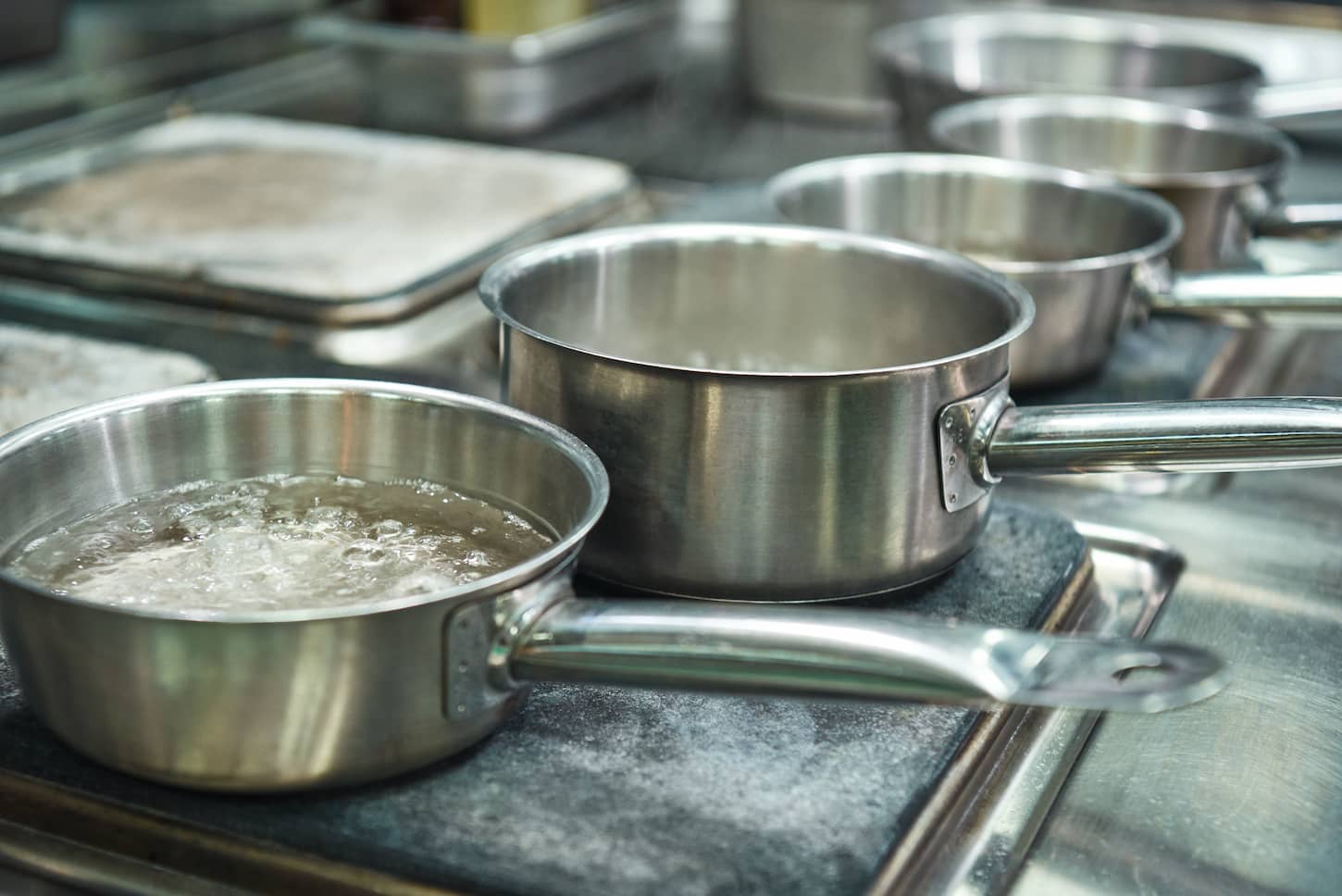
How to Cool Boiled Water
To cool boiled water, it’s best to keep it in a metal pot; this will help it cool faster. Once the water has cooled in the pot, transfer it into a clean container and place it in the refrigerator for storage. Allow boiled water to cool for 30 minutes before storing it.
Ideally, boiled water shouldn’t reach any higher than 158 degrees Fahrenheit (70 degrees Celsius) when cooling.
Want to know if you should stick boiling water in the fridge to cool? You shouldn’t, but here’s more on why that is in our article: Can You Refrigerate Boiled Water?
Or if you want to know more about storing food (and water) in metal pots, make sure you read my article Storing Food in Metal Pots? All You Need to Know. The spoiler is this: do you really want metal-tasting water? Move the water to a new container for longer storage. But that article will tell you why that is.
How to Store Boiled Water Safely
After going through the effort of boiling water to make sure it’s safe to consume, make sure that it’s stored safely so that your hard work wasn’t a waste of time!
How boiled water is stored will depend on what it’s used for. If you want to drink it later, keep it in the fridge. If it will be used for baby formula, put it into sterilized bottles and then put it in the fridge.
If the water is for your baby, discard it after 24 hours due to the risk of bacteria.
I would highly recommend reading our article How Long Can Water Be Stored? Complete Guide to learn how to store water safely in much greater detail!
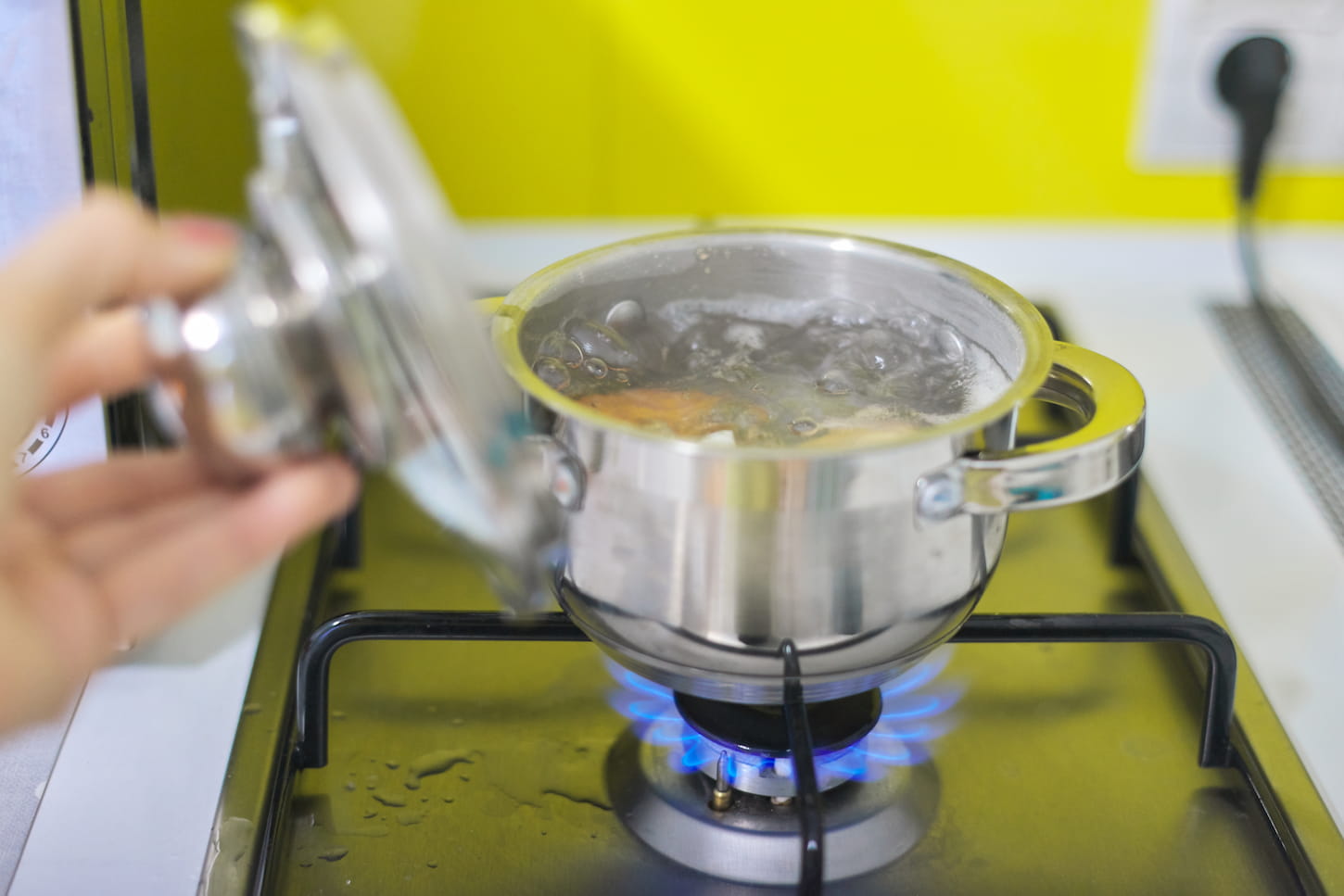
Key Takeaways and Next Steps
Boiling a liter of water on a stove takes an average of 8-10 minutes, whereas using a kettle would take 3-4 minutes. Now that you know more about boiling water, how long it takes to boil it, and how to store it, you will be prepared if there’s ever a boil notice in the area.
To learn more about drinking water safety, read this great article next: Water Boil Notice? What to Do and How to Prepare. That way, you’ll be prepared!
Resources
Learning from your own experience is essential, but learning from others is also intelligent. These are the sources used in this article and our research to be more informed as homesteaders.
- “Boil Water Response-Information for the Public Health Professional.” New York State Department of Health, www.health.ny.gov/environmental/water/drinking/boilwater/response_information_public_health_professional. Accessed 24 Jan. 2022.
- “Food Safety Training.” Kansas Department for Aging and Disability Services, kdads.ks.gov/docs/librariesprovider17/state-hospitals/kni/food-safety. Accessed 24 Jan. 2022.
- Gardiner, Anne, and Sue Wilson. “Science of Bread: Yeast Is Fussy About Temperature.” Exploratorium, www.exploratorium.edu/cooking/bread/yeast_temp.html. Accessed 24 Jan. 2022.
- Helmenstine, Anne. “Boiling Point of Water – What Temperature Does Water Boil?” Science Notes, 6 Nov. 2021, sciencenotes.org/boiling-point-of-water-what-temperature-does-water-boil.
- Johnson, Ronja. “Boiling Water: Keep Your Lid On!” USC, 2010, csef.usc.edu/History/2010/Projects/J1909.pdf.
- Luthye, Jimmy. “PSA: Don’t Drink or Cook with Hot Water from the Tap.” Denver Water, 13 Dec. 2017, www.denverwater.org/tap/psa-dont-drink-or-cook-with-hot-water-from-the-tap.
- “Q and A: Boiling Point of Water in an Airplane | Department of Physics | University of Illinois at Urbana-Champaign.” Department of Physics University of Illinois, van.physics.illinois.edu/qa/listing.php?id=21451&t=boiling-point-of-water-in-an-airplane. Accessed 24 Jan. 2022.
- “Tips for Boiling Water | University Housing and Dining.” The University of Texas at Austin Housing and Dining, housing.utexas.edu/about-us/tips-boiling-water. Accessed 24 Jan. 2022.
- “What Is the ‘2 Hour Rule’ with Leaving Food Out?” US Department of Agriculture, 2019, ask.usda.gov/s/article/What-is-the-2-Hour-Rule-with-leaving-food-out.